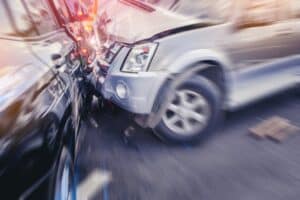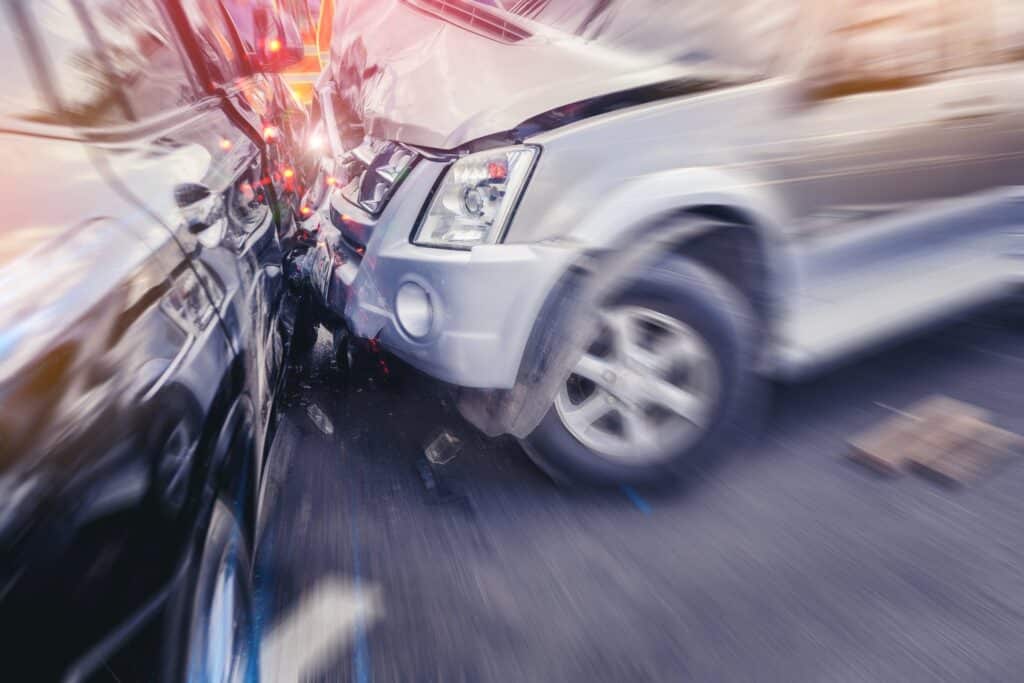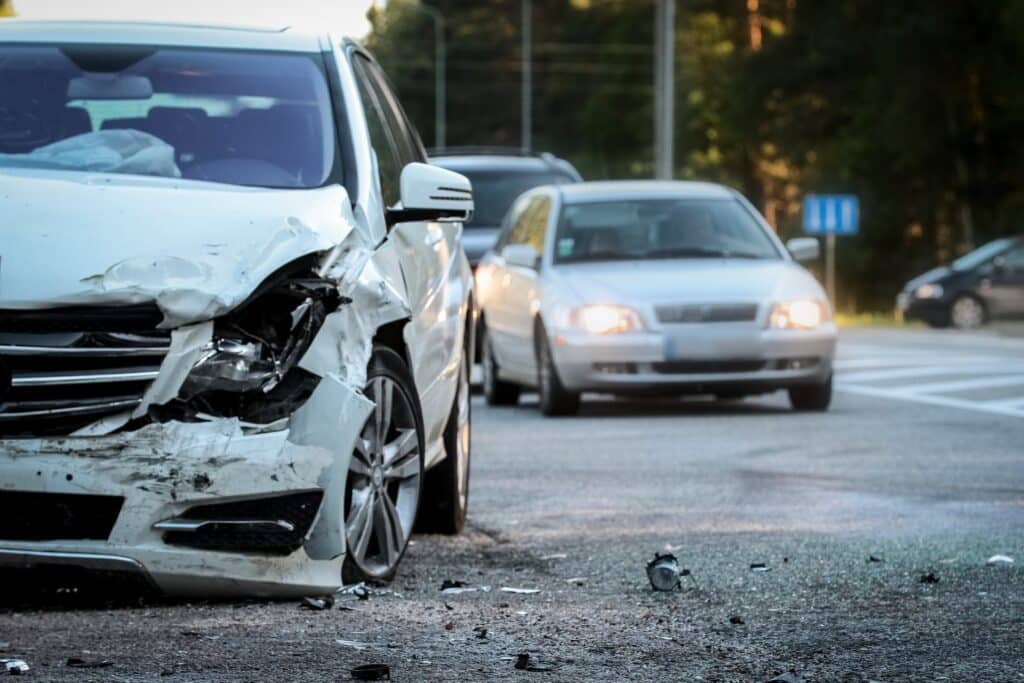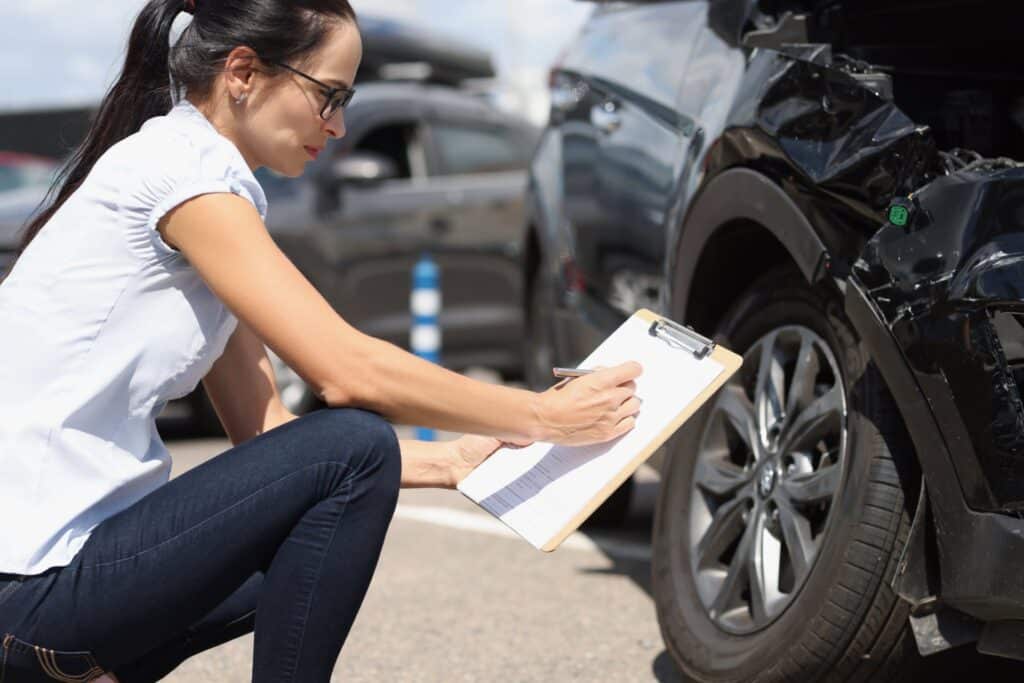Car accidents are a shockingly common occurrence in everyday life. An average American can expect to be in at least four minor to severe accidents throughout their lifetime. You may not be able to control everything that happens on the road, but you can control how much you are at fault for it. The choices you make immediately following an accident can mean the difference between paying for your own injuries or being compensated for your medical bills. In this article, we’ll discuss what is required of a Washington driver and what is covered in a settlement case.
Insurance Requirements
In Washington State, liability insurance is a requirement for every person operating a motor vehicle. Proof of insurance must be provided if requested by a law enforcement officer. The fine for driving without insurance is a minimum of $550 and may come with a suspended license.
The bill climbs steadily higher if the uninsured driver is a party to an auto accident, however. In that case, they may end up personally and financially responsible for all of the damages they caused. The minimum requirements for liability insurance are known as the 25/50/10 coverage:
- $25,000 for injuries of another person
- $50,000 for injuries of all other people
- $10,000 for damages to another person’s property
Post-Accident Requirements
Washington State requires you to take specific actions after an auto accident, and not doing so may result in criminal penalties. If you are in an accident with another driver, you must:
- Stop your vehicle near the accident
- Provide your name, address, insurance information, and license plate number to the other driver
- Provide assistance to anyone injured in the crash. (This is usually done by calling 911.)
- If you collide with an unoccupied vehicle, you must stop and either attempt to find the owner or leave a note with the information above.
Fault And Comparative Negligence
Washington is an “at-fault” state, a legal term used to determine who is responsible after an accident. The responsible party will be required to pay for the damages to the other person’s vehicle and, if necessary, their medical bills. This is in contrast to a “no-fault” state in which both sides submit a claim to their insurance company regardless of who is responsible.
Washington also operates under the “comparative negligence” model, which determines what percentage each driver was at fault. The amount of money one driver must pay to the other is reduced based on how much each driver contributed to the accident. This is why it’s so important never to admit fault at the scene of an accident. Even if you feel 100% responsible for the crash, it may be proven that the other driver contributed in some way. Admitting fault before an investigation may lead to you paying for an unfair percentage of the damages.
Proving Fault
To be compensated for damages after an auto accident, you must prove the other driver was the one responsible for it. This can be a complex process, but knowing what to look for can help prove your case.
Most accidents occur because one driver was negligent in their duties as a driver. The law assumes that all drivers on the road owe each other a duty to exercise reasonable care while driving. To be compensated for an accident, you must prove that the other driver was negligent in that duty and that their negligence caused your accident. The most common ways a driver can be negligent are:
- Speeding
- Texting while driving
- Running a red light or otherwise ignoring traffic laws
- Driving while intoxicated
- The easiest ways to prove that the other driver was at fault are to file a police report, take pictures at the scene, and speak to witnesses.
Compensation
After an accident, once the fault is determined, you can be compensated by either suing the individual or agreeing to a settlement from their insurance company. There are two types of compensation that you may be owed. The first is “economic damages,” which includes verifiable financial losses. This includes things like the repairs to your car, your medical bills, and any lost wages that resulted from your recovery. The second type of compensation is for “noneconomic damages,” which account for mental anguish, pain and suffering, disability or disfigurement, and emotional distress.
Limits
The insurance company of the responsible driver sets the limits as to how much you can be paid for damages. As discussed above, the minimum liability insurance required in Washington State is the 25/50/10 model. That is the maximum an insurance agency will pay out. Additional compensation may be sought by suing the individual personally. A qualified auto accident attorney will be able to determine if your case will require further payment.
If you have been in a car accident, call the expert legal team at NBF Accident Law. Let us hear your story and work on your behalf to get you the largest settlement possible. Call today at (206) 923-8888.








